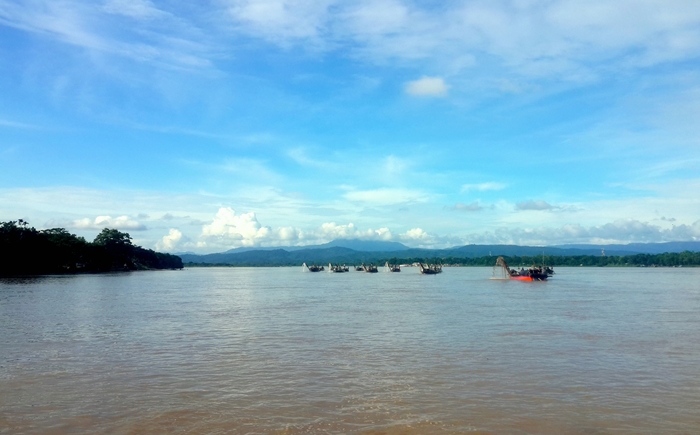
Amidst the hum of the surroundings, the tranquil blue sky—tinged with the soft, uneven purples of the distant Meghalaya hills along the Durgapur horizon—reflects gracefully on the still, crystal-clear waters of the Someshwari River.
This river, known as Singsang Chi or Simsang Wari to the indigenous A·chik (Garo) people, and commonly referred to as the Simsang River in the Indian state of Meghalaya, originates in the Nokrek Range, a prominent mountainous region in the West Garo Hills. Flowing eastward through the Garo Hills, it eventually crosses the international border to enter Bangladesh, where it is known as the Someshwari River.
The Simsang is the largest and longest river in the Garo Hills, playing a crucial role in the region's ecology and economy. It effectively divides the Garo Hills into northern and southern sections, significantly shaping the area's topography. The river is also an essential source of water for agriculture, supporting countless farming communities along its banks on both sides of the border.
The turquoise color of the Someshwari River is one of its most striking and unforgettable features. Especially during the winter months, the water takes on a clear, vibrant turquoise hue that looks almost unreal against the surrounding landscape. Also many parts of the river dry up, making it easy to walk across the sandy areas of the riverbed. This offers a unique opportunity to explore the river up close and enjoy the peaceful surroundings.
At different times of the year, the Someshwari river has a different beauty. Even if the water recedes in winter, the Someshwari river of ever-clean water should regain its youth in the monsoon.
Although now known as a coal mine, the Someshwari river has not been a bit of a beauty.
How to Go:
From anywhere in the country, you can reach Netrokona district town and then take a motorcycle or CNG to Durgapur.

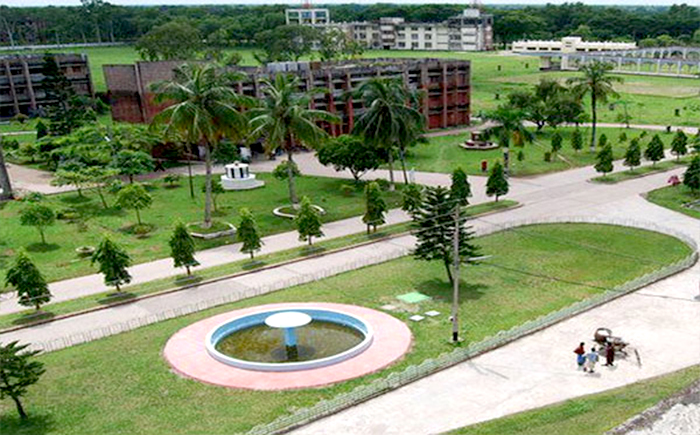
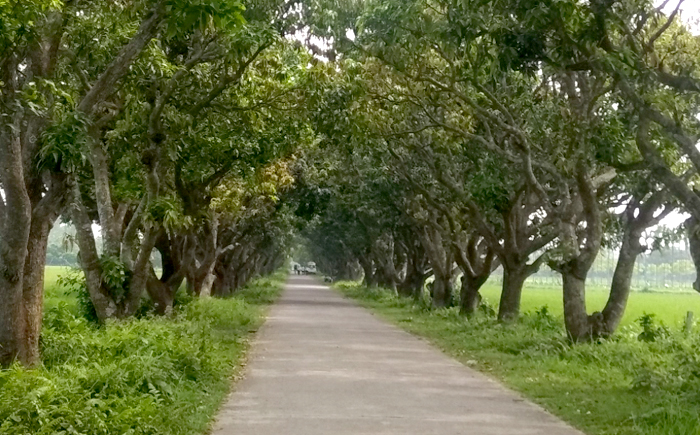
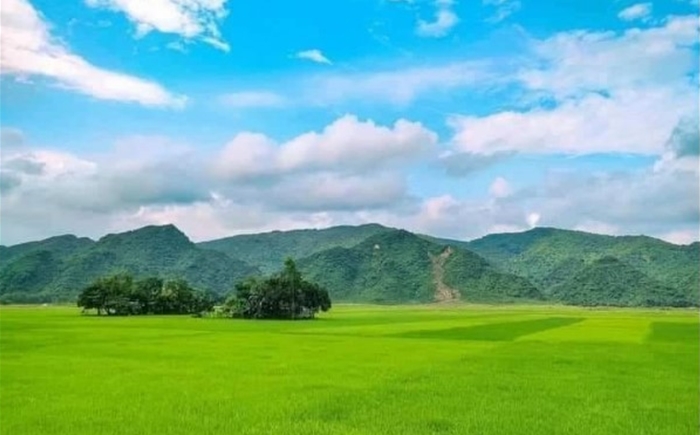
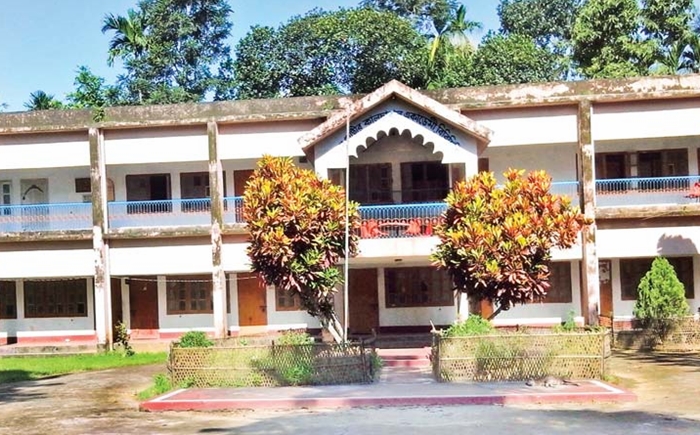


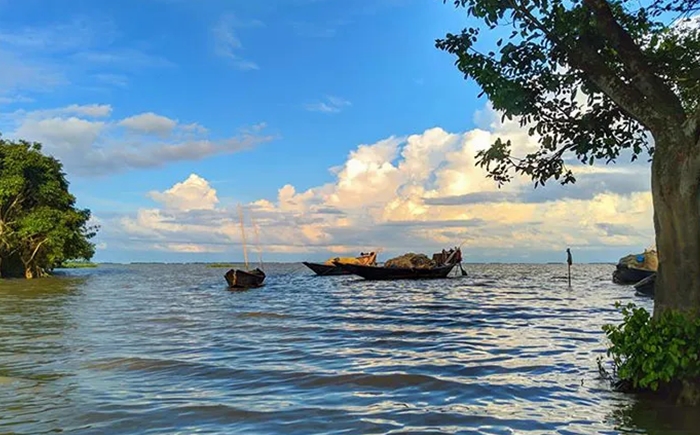
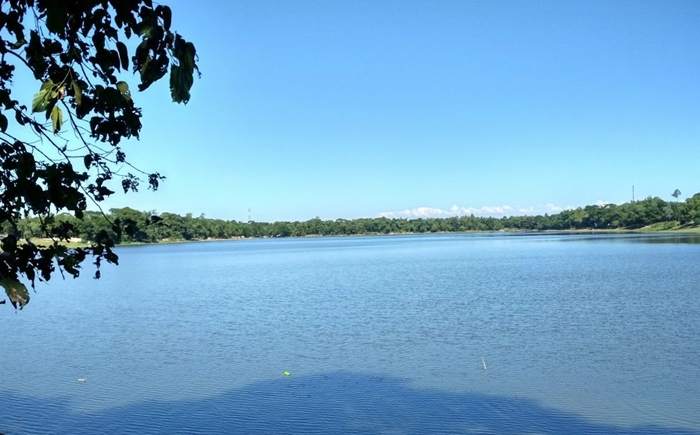
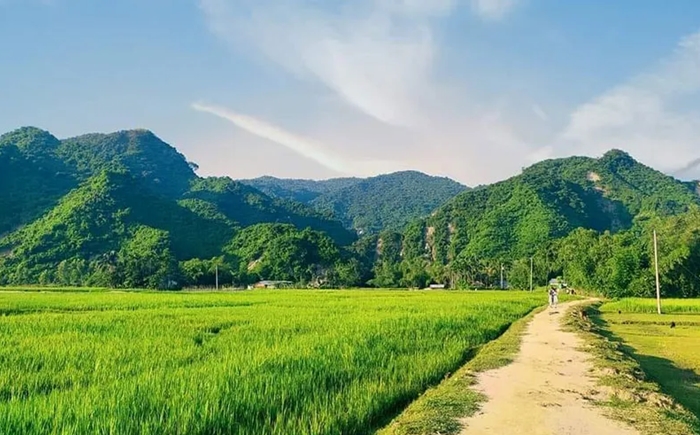
Leave your valuable comments: